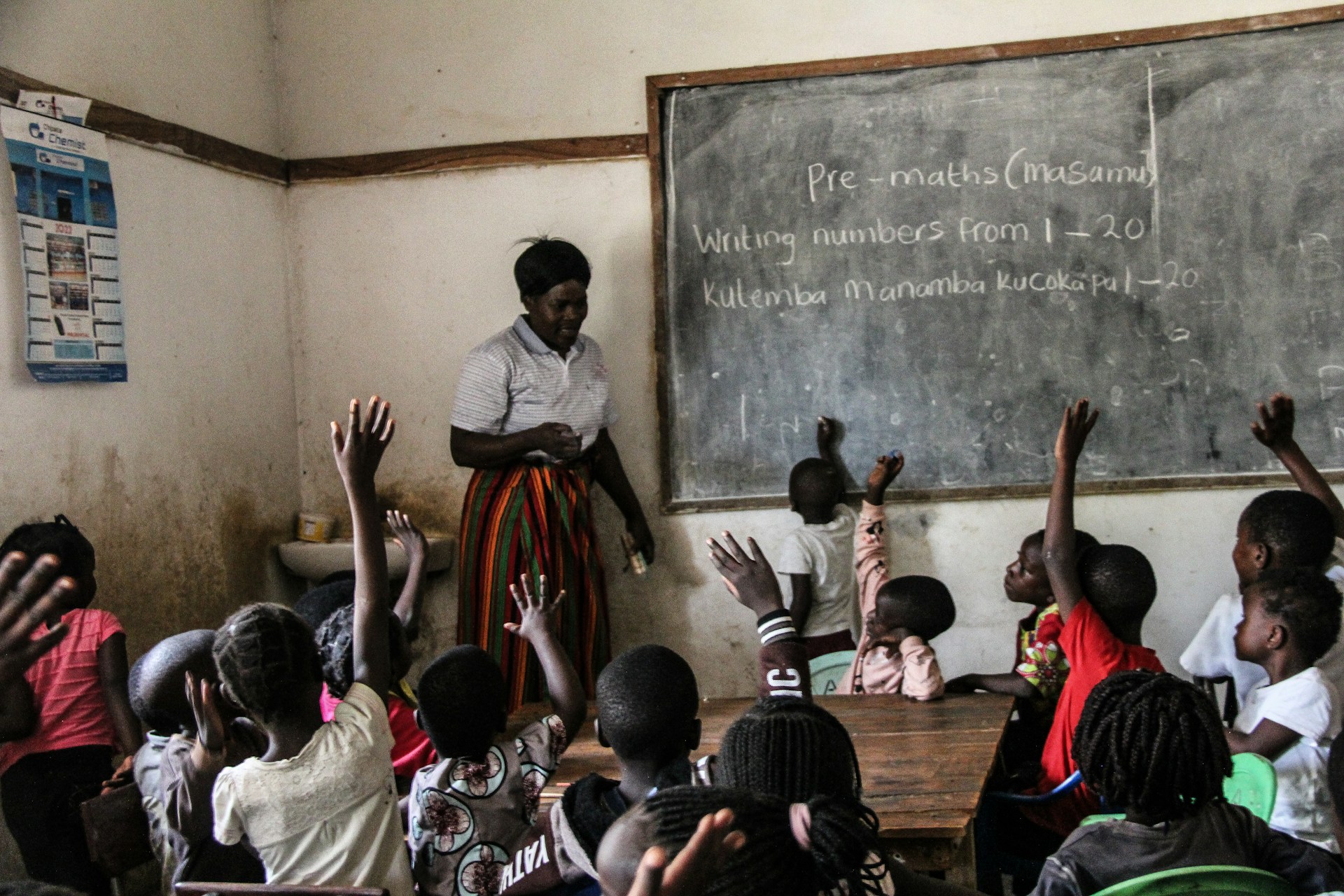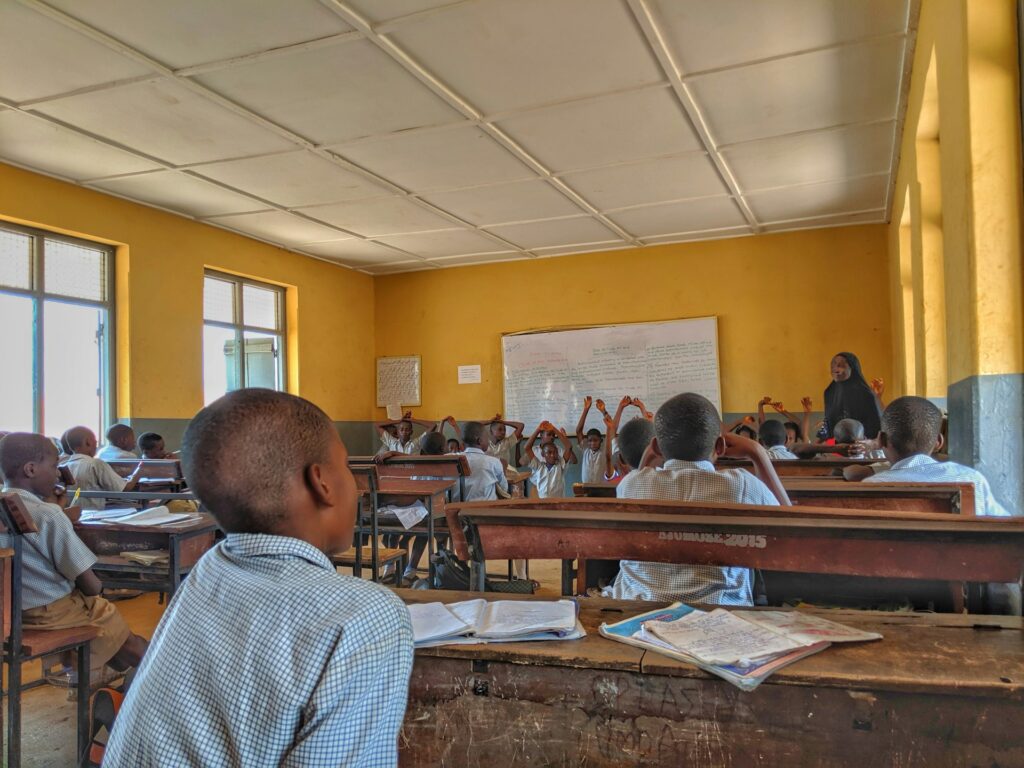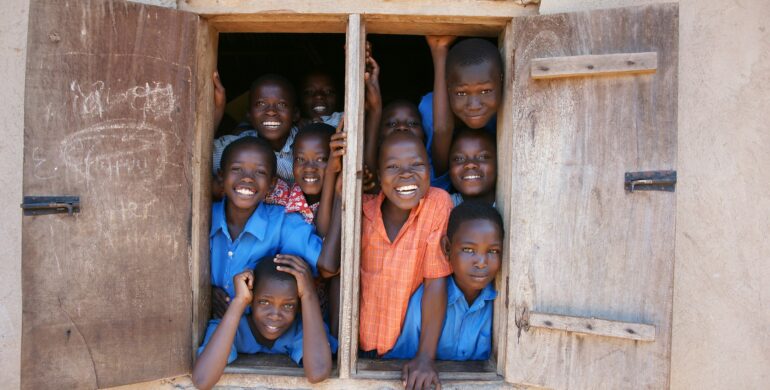When we talk about Nigeria’s education crisis, we’re not talking about a system that fails everyone equally. We’re talking about a system that systematically abandons our most vulnerable children and the patterns of who gets left behind reveal uncomfortable truths about inequality in our society.
The question isn’t just “how many children are out of school?” It’s “which children are out of school, and why?” The answers expose the intersection of poverty, gender, geography, and cultural bias that determines educational access in Nigeria today.
The Wealth Divide: When Money Determines Destiny
The most brutal truth about Nigerian education? Your family’s bank account predicts your educational future more than your intelligence ever will.
Research reveals a shocking reality: children from the wealthiest quintile are seven to nine times more likely to be enrolled in school than those from the poorest quintile. Think about that ratio. It’s not just a gap, it’s an educational apartheid based on economic status.
Here’s what this looks like in practice:
- Rich families: 83% net attendance rate
- Poor families: As low as 15% net attendance rate
- Urban areas: 70% attendance
- Rural areas: 56% attendance
But these numbers only tell part of the story. Poor families face an impossible choice: send children to school and lose their contribution to family income, or keep them home to help with farming, trading, or caring for siblings. Education becomes a luxury the poor literally cannot afford.

The Double Burden: Why Girls Get Left Behind Twice
In Nigeria’s educational landscape, girls face what researchers call “double jeopardy”: discrimination based on both gender and socioeconomic status. Gender disparities show a 20% difference in school enrollment and retention between male and female children, but this gap widens dramatically when you add poverty to the equation.
The Numbers Behind the Bias
While global trends show education gaps narrowing – there are now 6 million more boys out of school than girls worldwide – Nigeria moves in the opposite direction. Here, being born female in a poor household creates multiple barriers:
Primary Level:
- Boys: 59% completion rate
- Girls: 51% completion rate
Secondary Level:
- Boys: 42% completion rate
- Girls: 36% completion rate
But here’s where wealth amplifies gender discrimination: Poor girls have the lowest school attendance rates of any demographic group. They’re more likely to be pulled out during economic stress, married off early, and assigned domestic responsibilities that make education impossible.
The Geography of Educational Abandonment
Females make up the majority of out-of-school children, and this crisis is geographically concentrated. In northern states like Borno and Yobe, over 60% of children, particularly girls, have never seen the inside of a classroom.
This isn’t coincidence. It’s the result of intersecting disadvantages:
- Cultural norms that prioritize sons’ education
- Economic necessity in predominantly agricultural communities
- Infrastructure gaps that make school attendance physically dangerous for girls
- Early marriage practices that end educational journeys before they begin
The Cultural Economics of Educational Exclusion
Understanding who gets left behind requires examining the cultural economics at play. In many Nigerian communities, families make calculated decisions about educational investment based on perceived returns.
Sons are seen as permanent family assets: Their education represents long-term investment in family welfare and status.
Daughters are viewed as temporary family members: Investment in their education is seen as benefiting their future husband’s family rather than their birth family.
This economic logic, combined with poverty, creates systematic exclusion. When families can afford to educate only some children, cultural bias determines who gets chosen.
The Intersection That Multiplies Disadvantage
The most vulnerable children in Nigeria exist at the intersection of multiple disadvantages:
Rural + Female + Poor = Educational Abandonment
A poor girl in rural northern Nigeria faces:
- No nearby schools or schools requiring dangerous journeys
- Family expectations to contribute to household labor
- Cultural pressure toward early marriage
- Lack of sanitation facilities that make school attendance impossible during menstruation
- Economic necessity that prioritizes immediate survival over long-term education
Research confirms this intersection effect: among persons aged 15-19, there’s only an 11% literacy gap between boys and girls, but this masks huge variations based on wealth and location. Among the poorest rural populations, the gender gap remains enormous.

The Solutions That Address Root Causes
Understanding who gets left behind points us toward targeted solutions that work:
Brazil’s Breakthrough: Making Education Economically Rational
Brazil’s Bolsa Família program directly addressed the economic barriers keeping poor children, especially girls, out of school. By paying families conditional cash transfers for keeping children enrolled, they made education financially attractive rather than costly.
The results: primary enrollment increased by 37%, and girls’ completion rates jumped dramatically. The program worked because it changed the economic equation that forces families to choose between survival and education.
The Teacher Bank Project: Targeting Multiple Gaps
Our own Teacher Bank Project demonstrates how effective interventions can simultaneously address socioeconomic and gender barriers:
Addressing Wealth Gaps:
- Improving public school quality so poor families don’t need expensive private alternatives
- Creating pathways for community members to become qualified teachers
- Using technology to extend quality teaching to underserved rural areas
Closing Gender Gaps:
- Working with religious and traditional leaders to change attitudes toward girls’ education
- Creating safe school environments with proper sanitation facilities
- Engaging mothers and influential women in educational advocacy
Geographic Equity:
- Deploying teachers specifically to rural, underserved schools
- Using mobile technology that works with basic infrastructure
- Building community ownership of educational outcomes
Their results prove targeted approaches work: 71% enrollment increases in Nasarawa, 40% increases in FCT, and measurable learning improvements across Niger State.
The Hidden Cost of Educational Inequality
When we leave children behind based on gender and wealth, we’re not just failing individuals, we’re systematically undermining national development. Every girl denied education becomes a mother who can’t help her children learn. Every poor child excluded from school represents lost innovation and economic potential.
Children from the richest households have an 83% net attendance rate, while children from the poorest families struggle with rates as low as 15%. This wealth-based educational segregation creates a two-tier society where opportunity depends on birth circumstances rather than merit or effort.
The Path Forward: Targeted Solutions for Specific Gaps
Closing socioeconomic and gender gaps requires interventions that address root causes:
For Wealth-Based Exclusion:
- Conditional cash transfer programs that make education economically beneficial
- School feeding programs that provide immediate family value
- Eliminating hidden costs in “free” education
- Creating flexible schooling options for working children
For Gender-Based Discrimination:
- Community engagement that changes cultural attitudes
- Infrastructure improvements (safe toilets, secure compounds, shorter travel distances)
- Female teacher recruitment and deployment
- Flexible scheduling that accommodates domestic responsibilities
For Geographic Isolation:
- Mobile technology solutions that extend quality teaching
- Community-based education models
- Teacher incentive programs for rural deployment
- Infrastructure development that makes school attendance safe and practical
The Nigeria We Can Build
The Teacher Bank Project’s success across Niger, Nasarawa, and FCT proves we can close these gaps. Their 30,000+ impacted students demonstrate that when we target interventions at the intersection of disadvantage – poverty, gender, geography – we can achieve transformational results.
But scaling requires acknowledging an uncomfortable truth: Our educational inequality isn’t accidental. It’s the predictable result of systems that prioritize some children over others based on wealth, gender, and location.
The choice before us is clear. We can continue accepting that poor girls in rural areas deserve inferior education, or we can scale the solutions that are already proving successful in our own communities.
Every day we delay means more children left behind. But every day also brings new opportunities to learn from successes like the Teacher Bank Project and build educational systems that serve all children, regardless of the circumstances of their birth.
The question isn’t whether we can solve this crisis—the Teacher Bank Project proves we can. The question is whether we will.


